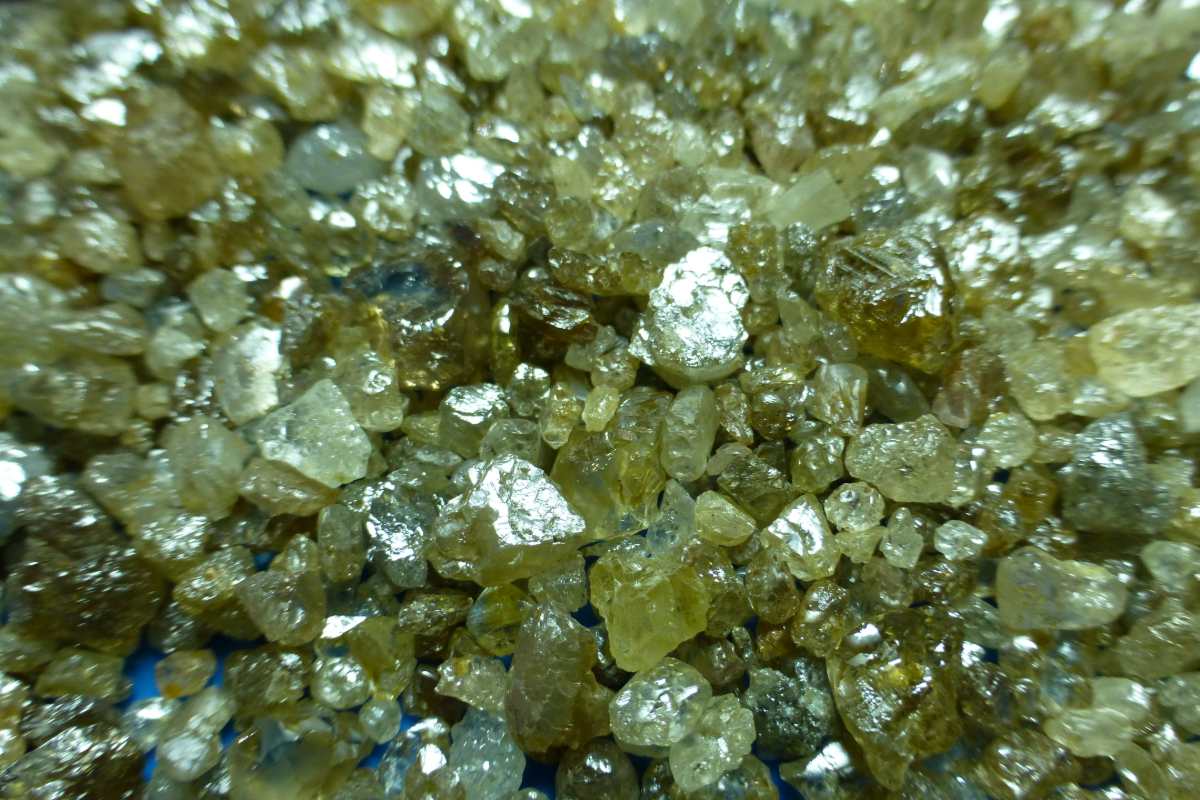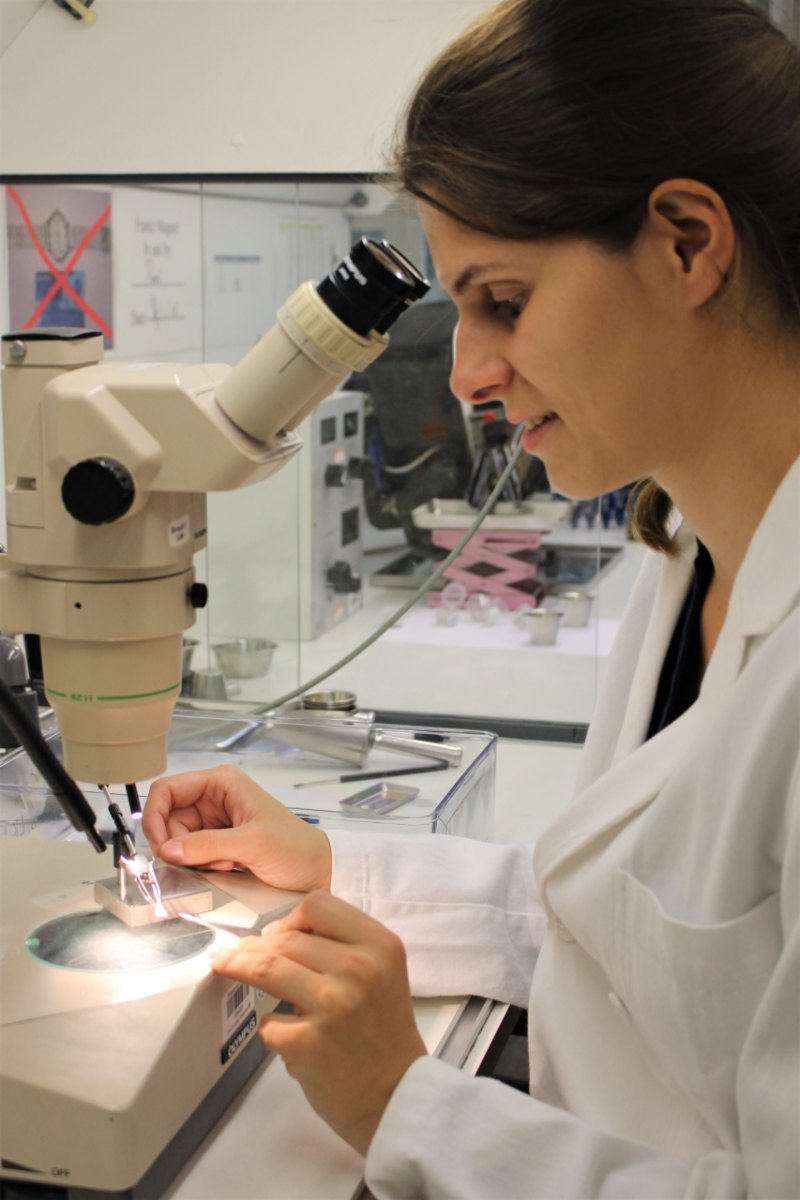
Diamonds recovered from the Juina area of Brazil. Scientists at UAlberta are using microscopic pockets of fluid trapped in diamonds like these to gain a better understanding of the ancient rock far below our feet. Photo credit: Graham Pearson.
Microscopic pockets of fluid trapped in diamonds from deep below Earth's surface are providing new insight into the makeup of the rock deep beneath our feet, according to a new study by an international team including scientists at the University of Alberta. The researchers used a one-of-a-kind laser tool at UAlberta to conduct their work, one that's giving us a better understanding of our planet.
"For the first time ever, we've been able to examine helium isotopes trapped in fluid inclusions in superdeep diamonds," said Suzette Timmerman, postdoctoral researcher, new Banting Fellow in the Department of Earth and Atmospheric Sciences, and lead author of the paper which involved collaborators at the Australian National University and other institutions. "These isotopes can tell us new information about the structure of the Earth, advancing our understanding of the evolution of our planet."
Helium isotopes are an important tool in determining the chemical structure of our planet, but as Timmerman explains, at the moment our view of deep Earth is almost solely based on data from basalt rock that makes its way to the surface-and it doesn't tell the full story, as it undergoes significant modification on its geological journey.
"Superdeep diamonds are very special," said Timmerman, "They're our only direct window into the deeper parts of Earth."
Timmerman conducted the isotope analysis portion of the research at the Australian National University, while sampling the material from the diamonds was conducted with a one-of-a-kind piece of equipment at the University of Alberta-a tool used in laser ablation, a process using lasers to carve tiny pieces off these incredibly durable diamonds for study.
"The trace element analysis of our research was performed using this unique setup at the University of Alberta," explained Timmerman. "This is the only way we can get enough material to measure-and even those amounts are still incredibly small, including just a few trillionths of a gram of lead, for example."
A reservoir of ancient rock
One result of the new information from these diamonds confirms the existence of a theorized ancient "primordial" reservoir of rock-one that has been largely isolated from the rest of Earth since our planet's mantle was formed almost 4.5 billion years ago-and where it might be located.
"Previous studies have argued about whether such a reservoir exists and whether it would be found in the lower mantle or upper mantle," said Timmerman. "Our superdeep diamonds confirm this reservoir exists and narrows down that it must be to be located somewhere below a depth of 410 kilometres in the transition zone or lower mantle-giving us a clearer picture of the structure of Earth."
Timmerman will continue her research as a Banting Fellow at the University of Alberta, focusing her studies on superdeep diamonds by exploring the age of these unique rocks and what they can tell us about our planet's carbon cycle.
The paper, "Primordial and recycled helium isotope signatures in the mantle transition zone," was published in Science (DOI: 10.1126/science.aax5293).
